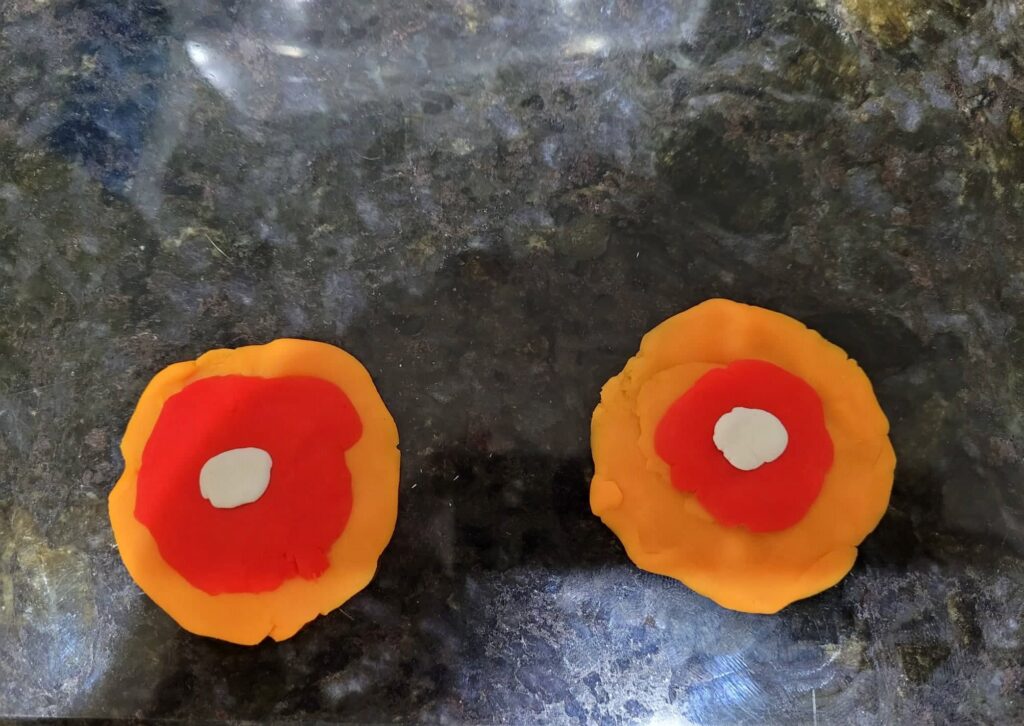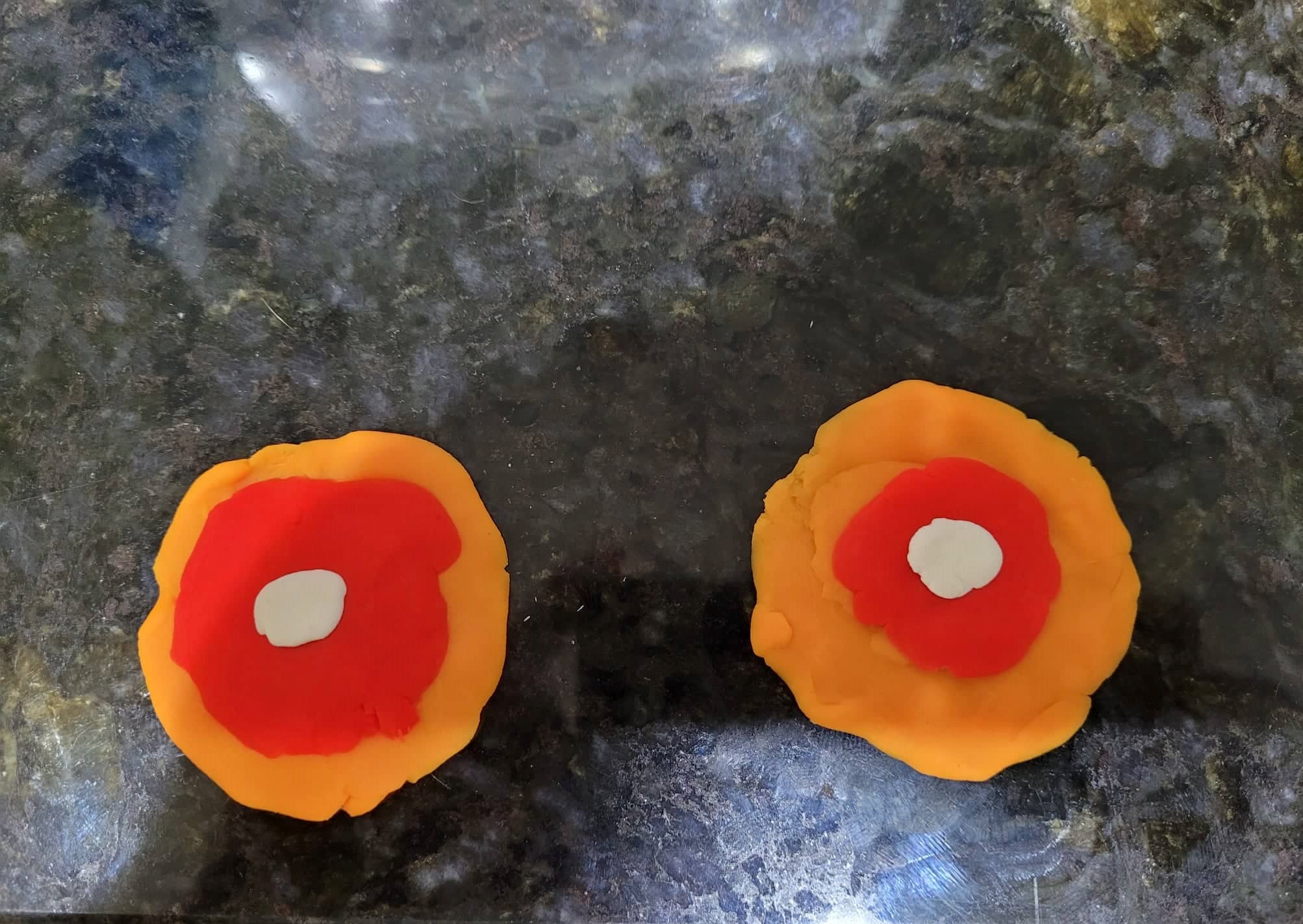My STEAM project will be centered on the effects aging has on the skeletal muscles within the human body and what if anything can reduce the effects aging has on the skeletal muscles. The objective of this STEAM project will connect and expand on Unit five interaction of muscles and the skeletal system. The medium I will be using for this project is a clay model showing the differences between a normal skeletal muscle and a skeletal muscle with the development of sarcopenia.
If you look at the first clay model to the left you will see a depiction of healthy skeletal muscle tissues. As you look to the right you will see skeletal muscle tissue with the long-term effects of sarcopenia. As you can tell from the picture to the right the skeletal muscle tissues mass has been greatly reduced from the effects of aging.



This project is an expansion of the Unit 5 Muscles objective “Relate the interaction of muscles and the skeletal system.” In the image, we can see that each model consists of three layers — orange, red, and white. The orange represents the tissues that cover the skeletal muscle, the red represents the skeletal muscle itself, and the white represents the bone to which it is attached.
On the left, we see a model with a young and healthy muscle. It is visibly quite large, and takes up much of the model’s surface. To its right is a model with an elderly muscle that has been affected by sarcopenia. As the muscle aged, it atrophied and became smaller and less functional. Therefore, it takes up considerably less of the model.
This clay model shows the differences between a normal skeletal muscle and one with sarcopenia. Sarcopenia is an age-related loss of skeletal muscle mass and function due to the natural aging process of the human body. It can result in fall related injuries, limited mobility, and a decrease in the overall quality of life. Sarcopenia can not only affect individuals that are physically sedentary individuals but also those that are physically active. It can be somewhat reversible with proper exercise interventions and macronutrient intake. This model helps demonstrate that it is never too late to start implementing an exercise program.